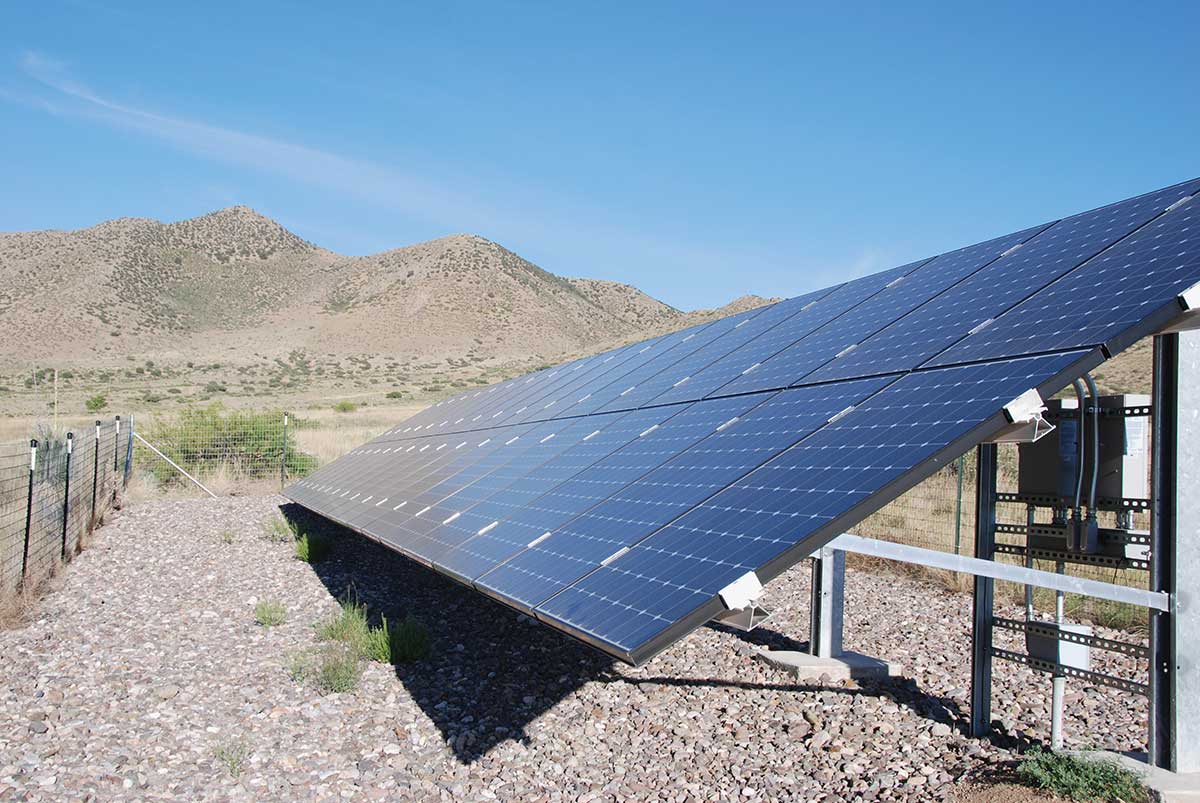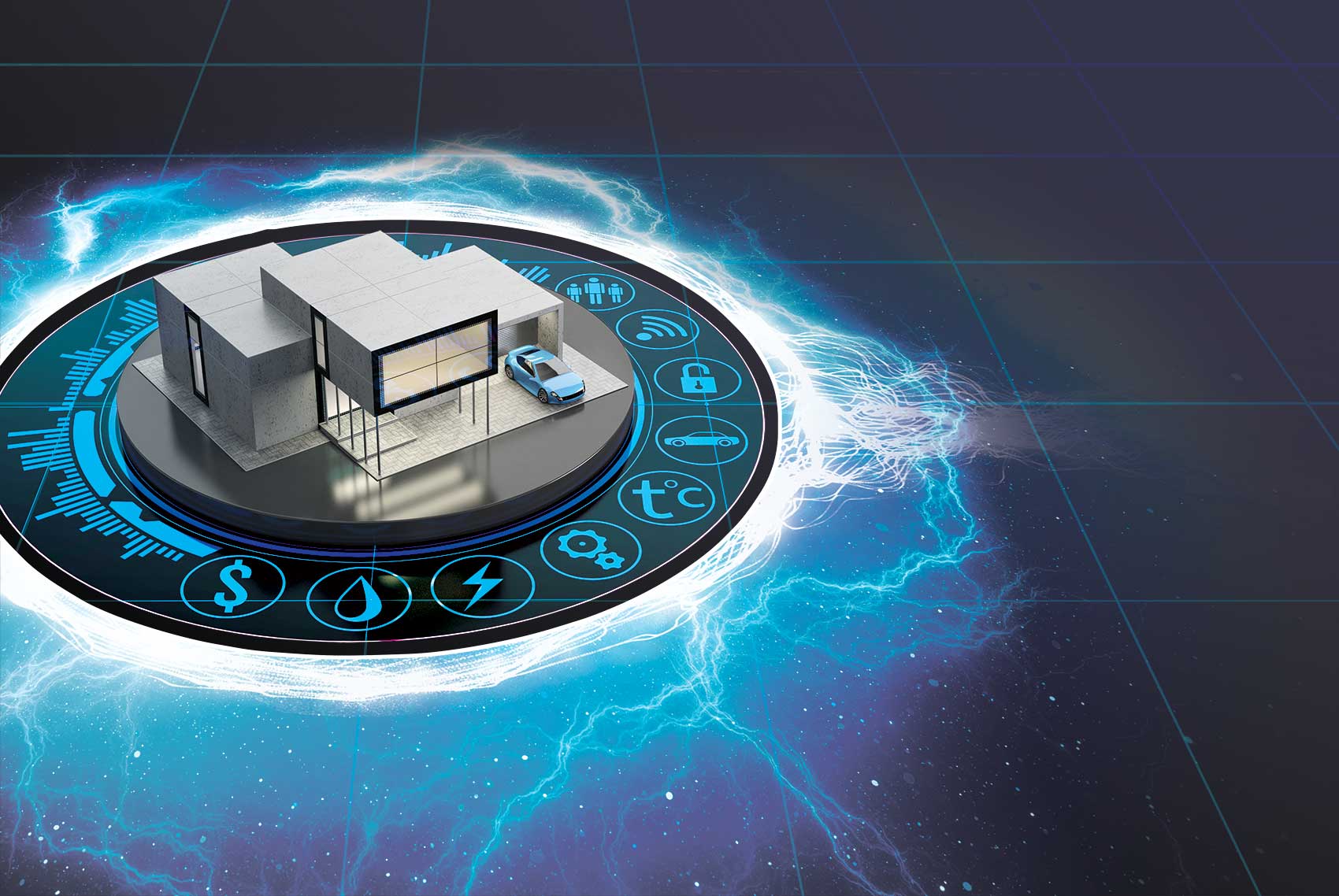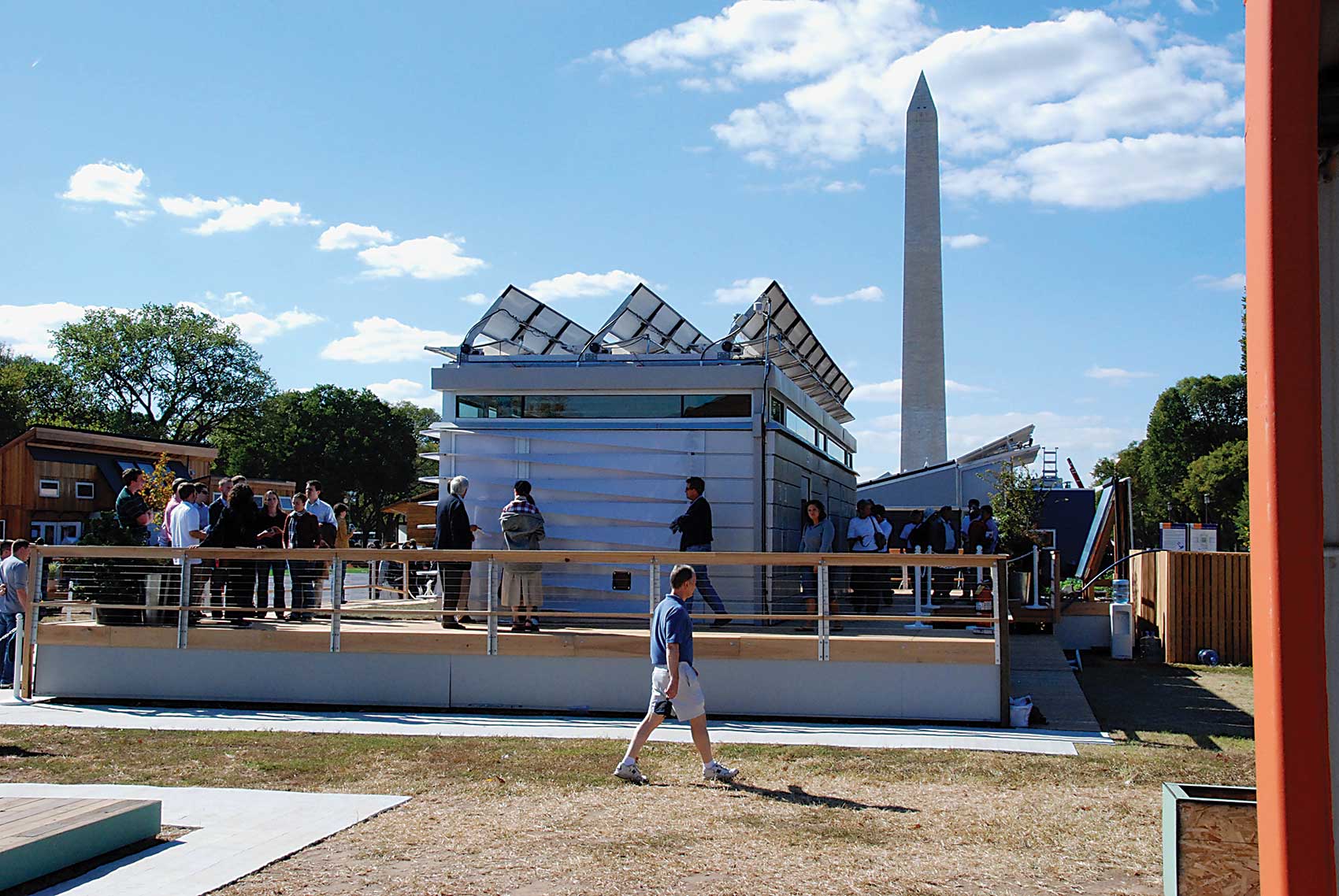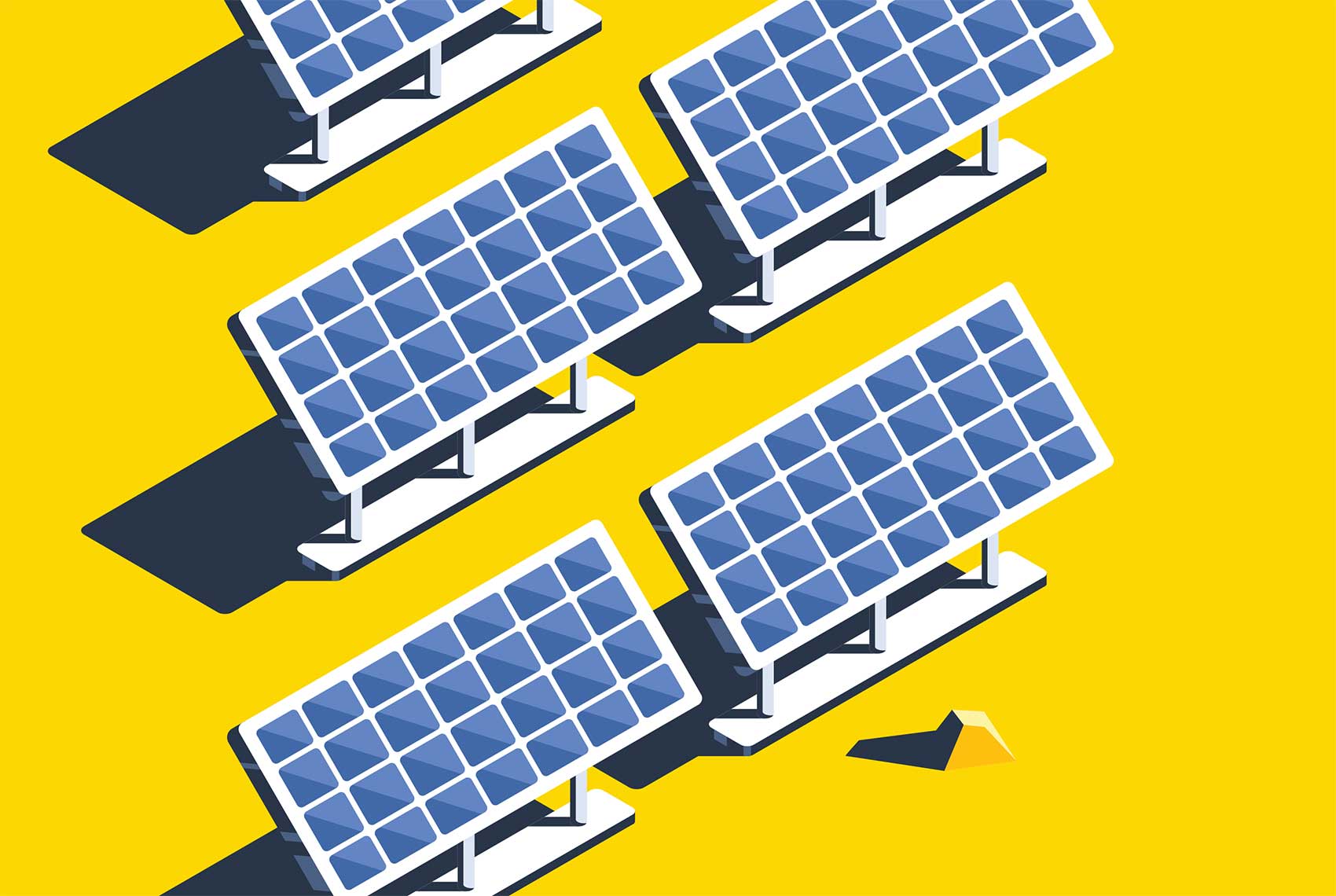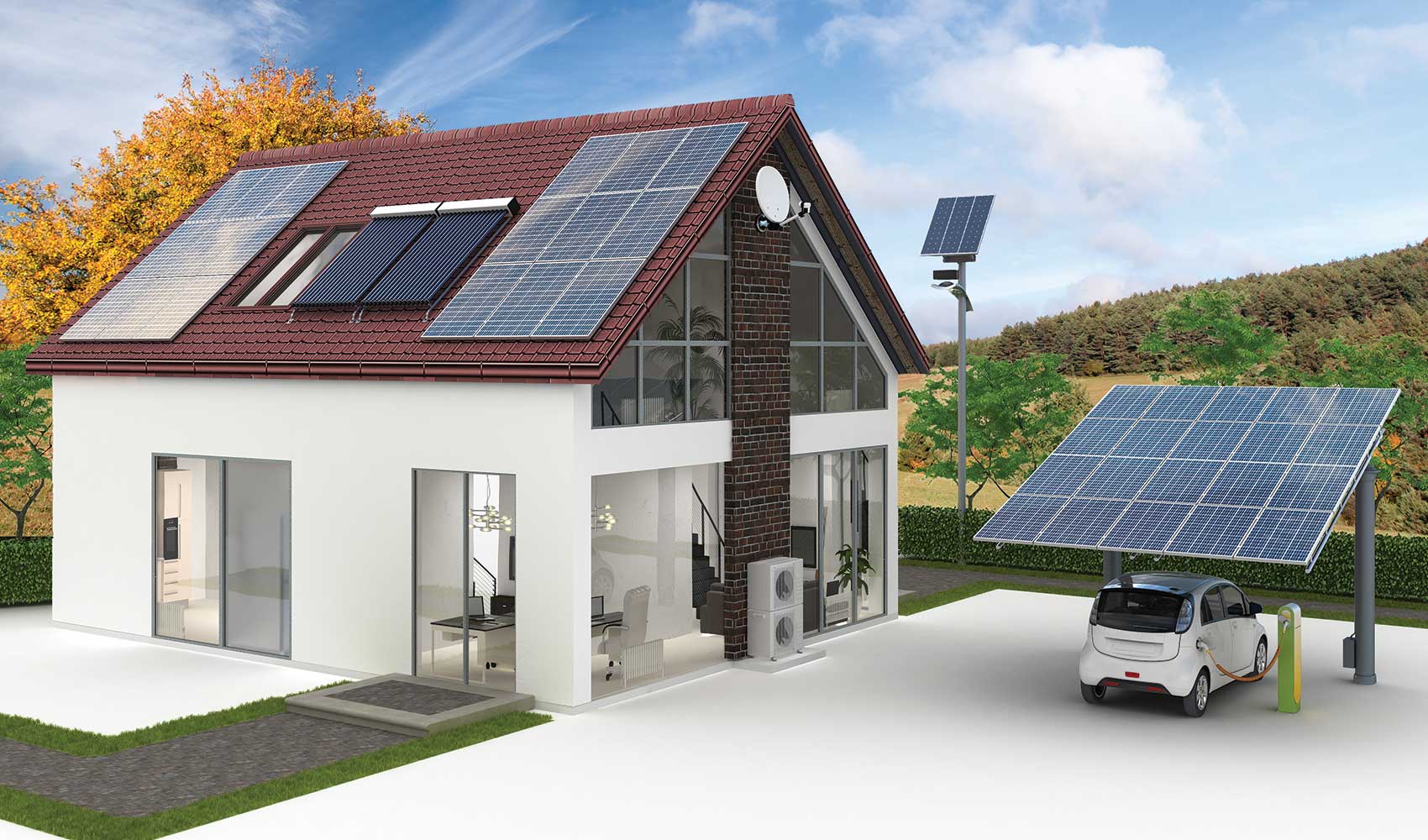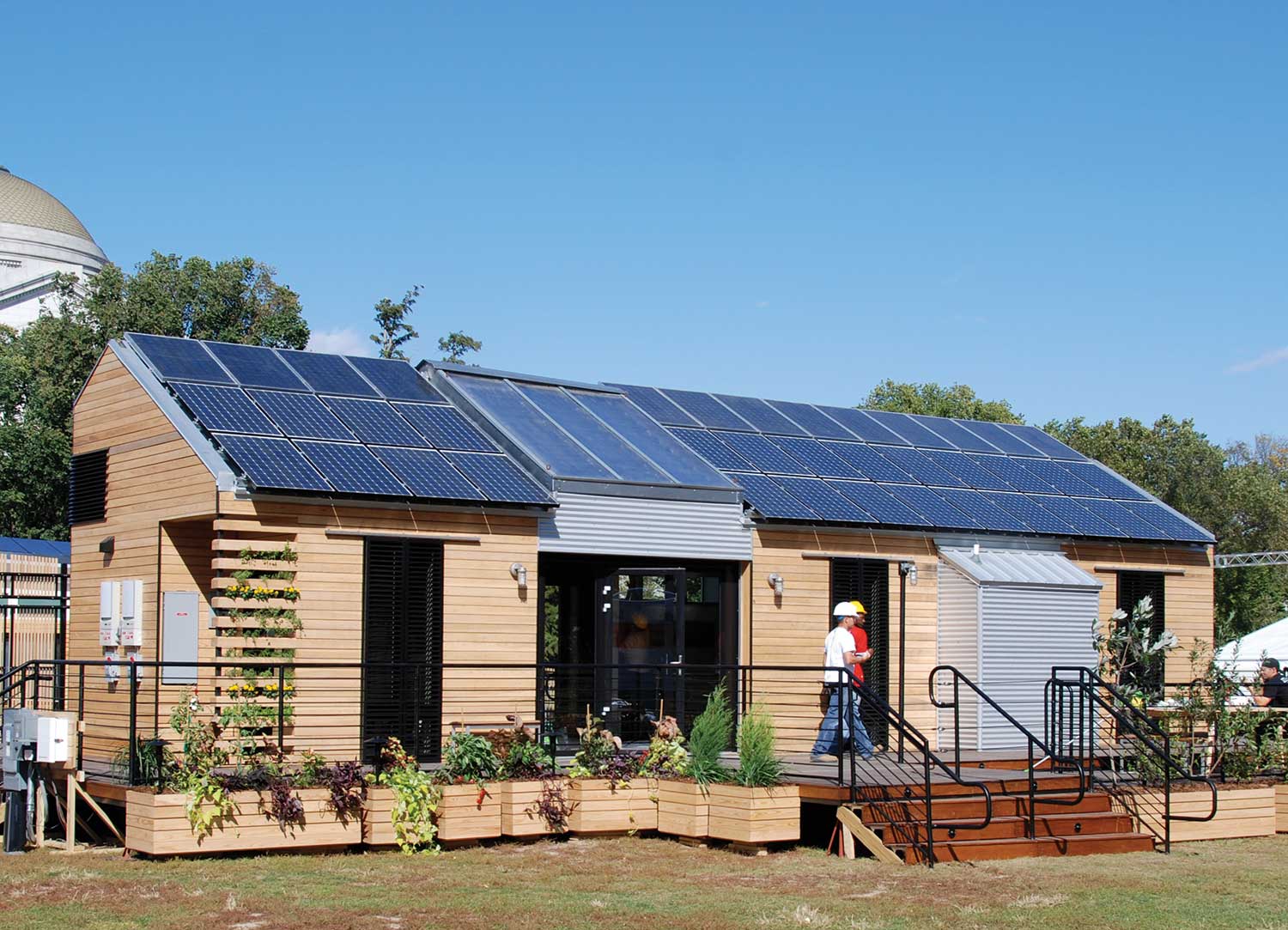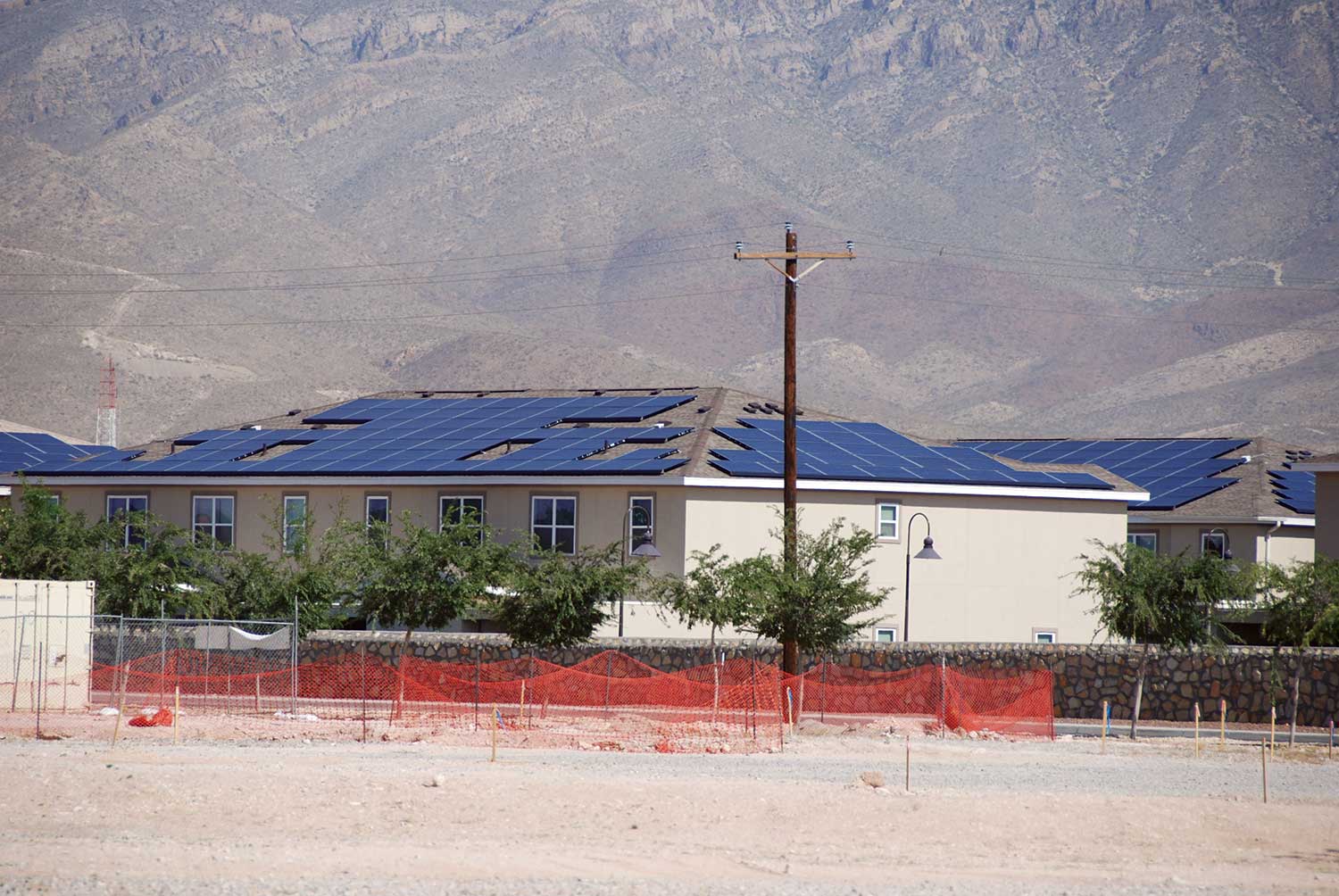PV disconnects provide a means to separate various portions of a circuit or equipment from other portions of the circuit or equipment in the same system.
Whole house surge protection devices have been available for several years. The devices are normally installed at the service entrance/service equipment location. They can be sacrificial from large surges, but can also take multiple hits from smaller surges and continue to protect the home and sensitive electronic components. There are various types and designs of surge protective devices (SPD).
Several different wiring methods may be used to route the power from the PV array to the utilization equipment.
Numerous Code requirements apply to the PV array and other equipment located in the vicinity of the array. These include conductors, DC combiners, arc-fault protection equipment, and rapid shut down equipment. This article addresses some of these requirements as they are found in the 2020 National Electrical Code (NEC).
The U.S. solar market is accelerating because of a growing understanding that (1) renewable energy projects are sound investments, and (2) uninterrupted power is critical to business success where utility power can fluctuate.
Without a supply of energy to replenish the battery, the benefit of an ESS can be limited in a prolonged outage. A combination of solar and storage and energy management of supply and loads are needed to make electricity supply reliable to the homeowner and business owner.
A PV system is relatively simple in concept, but after the NEC requirements are added for safety, the execution of the system requires considerable attention to detail. There are also significant numbers of electrical inspectors that are new to the field of inspecting PV systems.
Although changes to the 2020 National Electrical Code for PV systems have been covered in previous issues, this article compares the 2017 requirements with the 2020 requirements and determines how clarifications have been made.
As “extreme” weather becomes more common, our building envelopes will need to become better.
Nearly every week, I get calls and e-mails from inspectors, plan reviewers, photovoltaic (PV) professionals, engineers, and electricians asking about areas of PV system installation that are not clearly addressed in the National Electrical Code (NEC).

